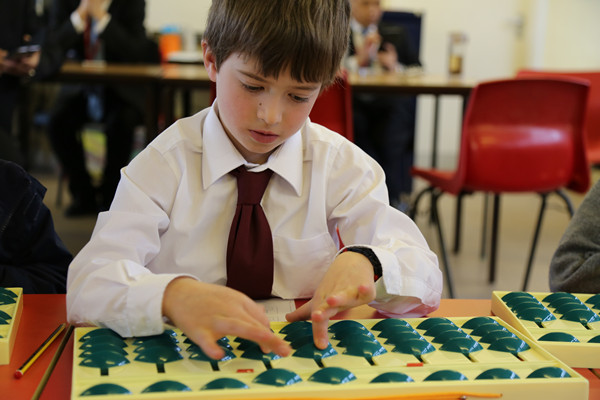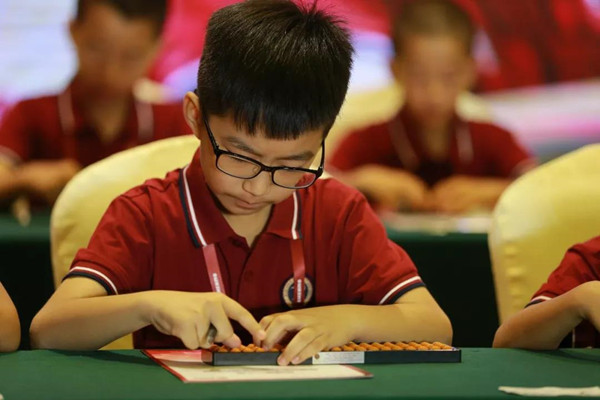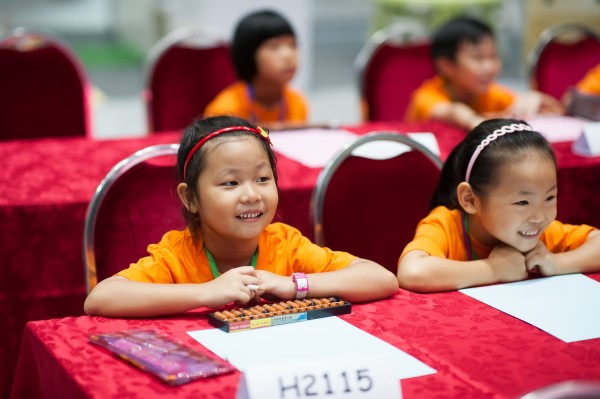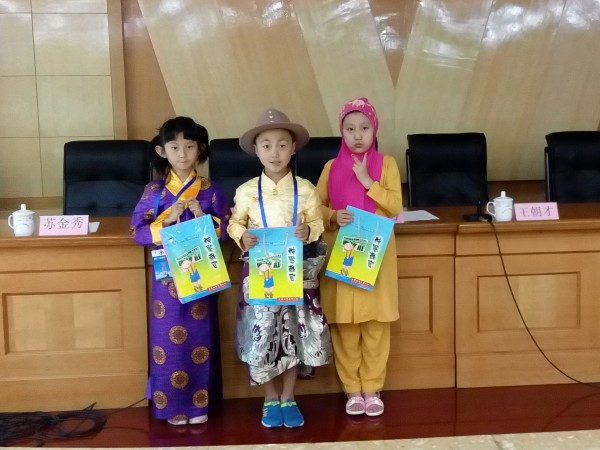SHENMO MOTTO: Virtue & Wisdom

-
Abacus Mental Math Cultivates and Promotes Attention
2019-02-27 丨
The writer is from the Ministry of culture development

Attention serves as a doorman, which can check the content of our consciousness, pick out the most noteworthy parts, eliminate the insignificant parts, and finally accumulate what we have focused on at every moment. This largely determines who we are, how our life is, and the value of life.

In the Shenmo abacus mental math classes, teachers will conduct group competitions, when students, no matter how naughty they are, can devote themselves to winning honor for groups. Only with highly focused attention can the students get better results and win more honors for their groups.
A Gallup poll found that only 6% of Chinese employees said they "totally engaged themselves into work", while the ratio of American employees who commit themselves whole-heartedly is less than 30%, resulting in economic losses equal to trillions of USD. A professor at the University of California, Irvine found that corporate employees are interrupted every 3 minutes and 5 seconds on average in their daily work, and it takes about 25 minutes to re-concentrate on the work.
The same problem is more notable in children and adolescents. Many parents find their children hard to focus on their attention yet easy to be dispersed, for example, other people's words or the sounds outside easily disperse children’s attention from what they are doing.
In fact, for young children, their attention span is short; after all, their ability of self-regulation is not as strong as adults. However, because of various reasons such as studying for exams, parents hope that their children will concentrate on the class in the future.
Regarding the distraction of young children, abacus mental math is a training method requiring highly focused attention. In this course, children's attention will be largely mobilized by numerical calculations. It requires not only the use of eyes, ears, and hands, but also the brain spinning in high gear to deploy body senses.

In the Shenmo abacus mental math classes, teachers will conduct group competitions, when students, no matter how naughty they are, can devote themselves to winning honor for groups. Only with highly focused attention can the students get better results and win more honors for their groups.
Both competitions and daily exercises require timed calculation. It integrates eyes, ears, hands, mouth, and brain, which requires children to be highly concentrated without any distraction, or they will fail to work them out.
Such regular training allows young children to focus all their attention immediately to improve efficiency when doing things. As intelligence has radiation effect, this ability can radiate from doing one thing to doing other things, thus become one of their abilities.


The so-called attention is also known as anti-interference ability. Stable attention is very helpful in learning. Only students with stable attention can maintain the ability of sustainable and stable thinking.
How one, who doesn't have stable attention, can form stable figures in his mind when he's solving a geometry problem?
Such kind of stable attention can be continuously trained. Students who have learned abacus mental math know that the final purpose of the course is to calculate quickly without the abacus. Although students don’t have to use the real abacus, the quick calculation is essentially carried out through the invisible abacus formed in their minds.
This requires that the invisible abacus in minds is a stable deducted map; otherwise, once the image is unstable and blurred after having part of digital computation, the following cannot be carried out.

-
NEXT:
The Impact of the Abacus on China On Mar 29, 2019 >
LATEST

- First Online Shenmo Training for Ru On Mar 29, 2021

- Online Shenmo Entrepreneurship Exchange Meeting On Mar 29, 2021

- First Shenmo Online Abacus Mental M On Feb 03, 2021
EVENTS
Combination of Traditional Culture and Mo On Jun 02, 2020
Shenmo News:Shenmo Nigeria Abacus Mental On Oct 23, 2019
Shenmo News:The delegation of the 1st On Oct 21, 2019







